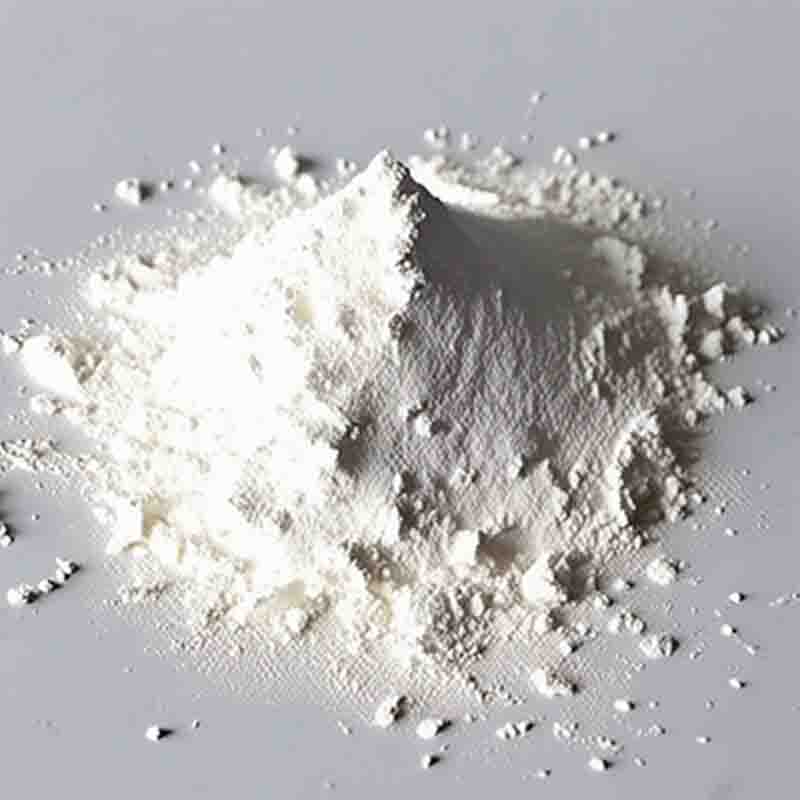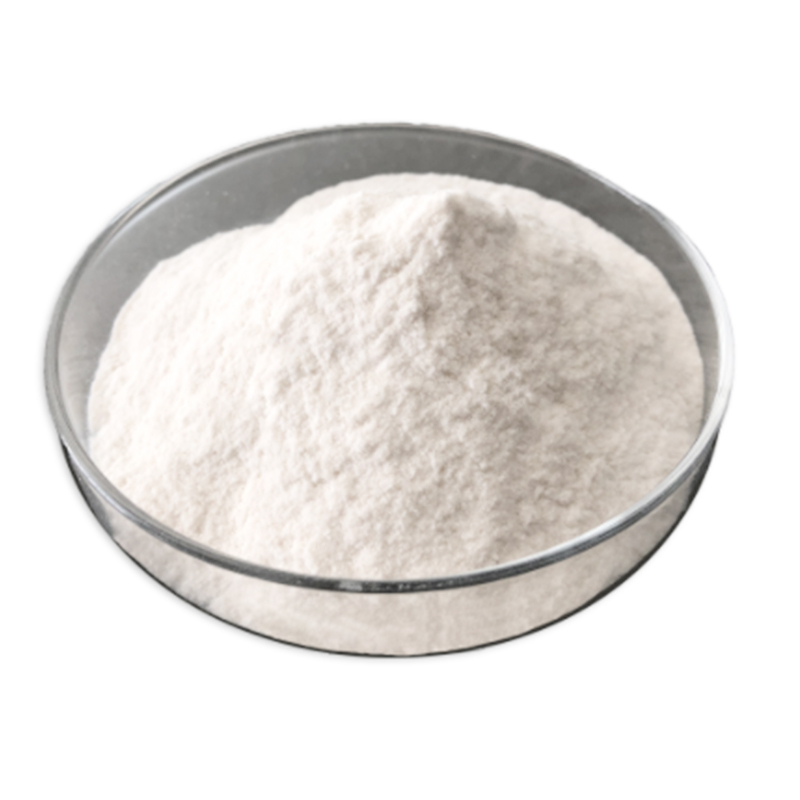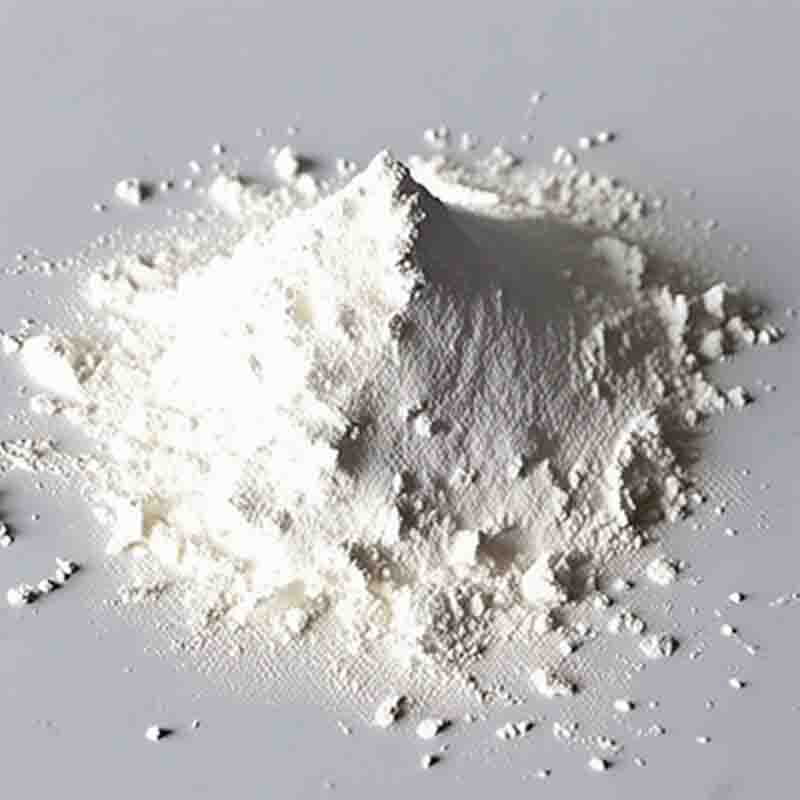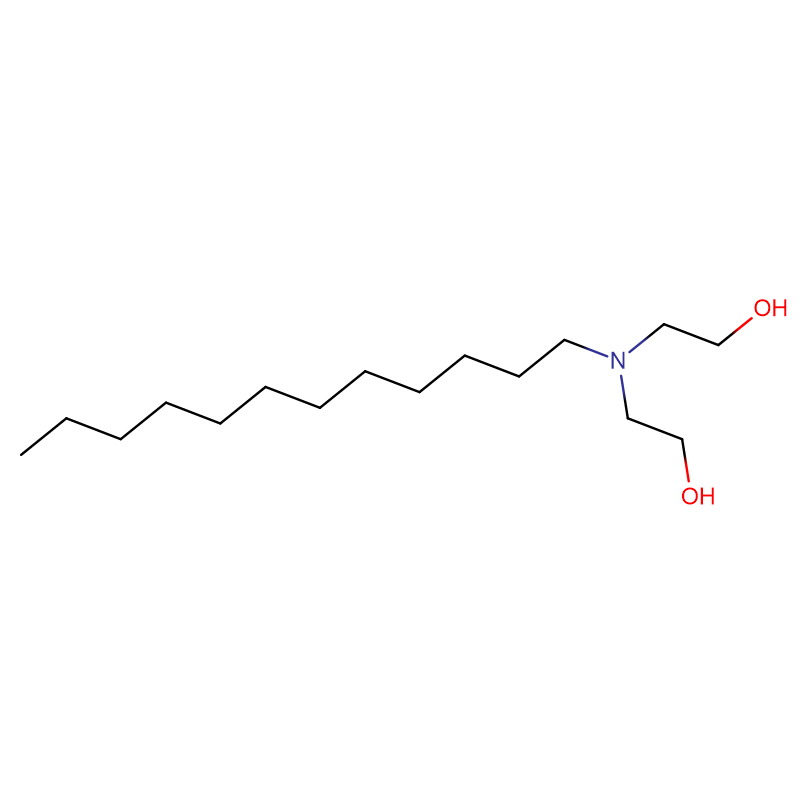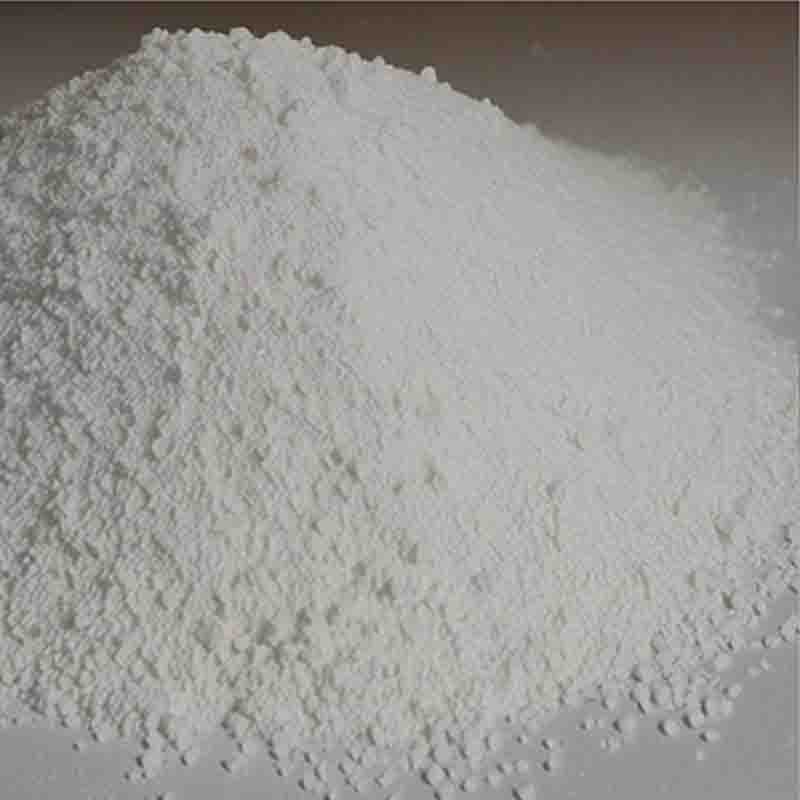2,4,5-TribroMothiazole CAS:57314-13-3
| Catalog Number | XD95942 |
| Product Name | 2,4,5-TribroMothiazole |
| CAS | 57314-13-3 |
| Molecular Formula | C3Br3NS |
| Molecular Weight | 321.82 |
| Storage Details | Ambient |
Product Specification
| Appearance | White powder |
| Assay | 99% min |
2,4,5-Tribromo-1,3-thiazole is a chemical compound with a molecular weight of 321.82 g/mol. This compound has been studied for its potential biological and pharmacological effects, and it has shown promise in several areas.
One of the notable effects of 2,4,5-Tribromo-1,3-thiazole is its use as a building block in organic synthesis. It is commonly employed as a precursor in the synthesis of various organic compounds, including pharmaceuticals, agrochemicals, and materials science. The tribromo substitution pattern on the thiazole ring makes it a valuable building block for the introduction of diverse functional groups and for the synthesis of complex organic molecules.
Additionally, 2,4,5-Tribromo-1,3-thiazole has been investigated for its potential use as an antifungal agent. Research has indicated that this compound exhibits significant antifungal activity against various fungal strains, including Candida albicans and Aspergillus fumigatus. Its mechanism of action involves disrupting the integrity of fungal cell walls and membranes, leading to their inhibition and eventual death. This makes 2,4,5-Tribromo-1,3-thiazole a potential candidate for the development of new antifungal agents to combat fungal infections.
Furthermore, 2,4,5-Tribromo-1,3-thiazole has shown potential as an anticancer agent. Studies have demonstrated that this compound exhibits cytotoxic effects against various cancer cell lines, including breast, lung, and colon cancer. The exact mechanism of its anticancer activity is not fully understood, but it is believed to involve the induction of apoptosis, inhibition of cell proliferation, and interference with cancer cell signaling pathways. These findings suggest that 2,4,5-Tribromo-1,3-thiazole holds potential as a lead compound for the development of novel anticancer therapies.
Moreover, 2,4,5-Tribromo-1,3-thiazole has been studied for its potential as an antiviral agent. Research has shown that this compound exhibits inhibitory effects against certain viruses, making it a candidate for the development of novel antiviral drugs.
Overall, the biological effects of 2,4,5-Tribromo-1,3-thiazole make it a promising candidate for further research and development in the fields of organic synthesis, antifungal, anticancer, and antiviral therapies. Its diverse pharmacological properties highlight its potential for the discovery of novel drug candidates with therapeutic applications in various disease conditions.


